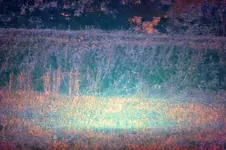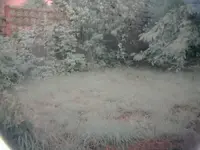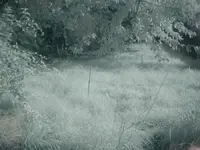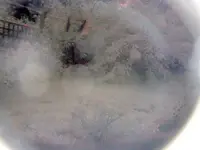- #21
Thread Owner
jb7487 said:2) You say "In extensive field trials cameras located buried metal over two feet (610mm) deep and could discriminate between different metals. ". Were these double blind tests? Countless people have been tested who have claimed to have located metals by various means. But that is only because they already knew where the metals were to begin with. If you have evidence from true scientific studies that employ acceptable tests then please share it. If you do then I'd be happen to listen to your ideas on the subject.
I have attached the first picture that alerted me to the fact that buried metals could be seen by digital cameras. I was actually looking for a cache. I dug down and 2 feet 3 inches below the surface I struck an iron utility pipe. The pipe was supposed to be on the other side of the hedge, outside the field. It seems that 50 years ago, when the pipe was laid, the contractors took a short cut across the field, without telling anyone. It certainly wasn't on the landowner's plan. I am afraid there wasn't a bunch of scientists looking on but I think that is a pretty good double blind test. In case you are wondering why there is a distinct bright spot, instead of a line, that is a large flanged joint in the pipe, where there is more metal and it is slightly closer to the surface. When I backed-off and took pictures, you can actually see the line of the pipe as a light 'streak'. I then set out a test bed using different metals to try and understand the process. I have carried out a successful single blind test on my test bed and I am busily researching cache sites to do some more double blind tests as well as recover the caches, of course.







 you mean the two minutes of posting I've had to do so far ?
you mean the two minutes of posting I've had to do so far ? 